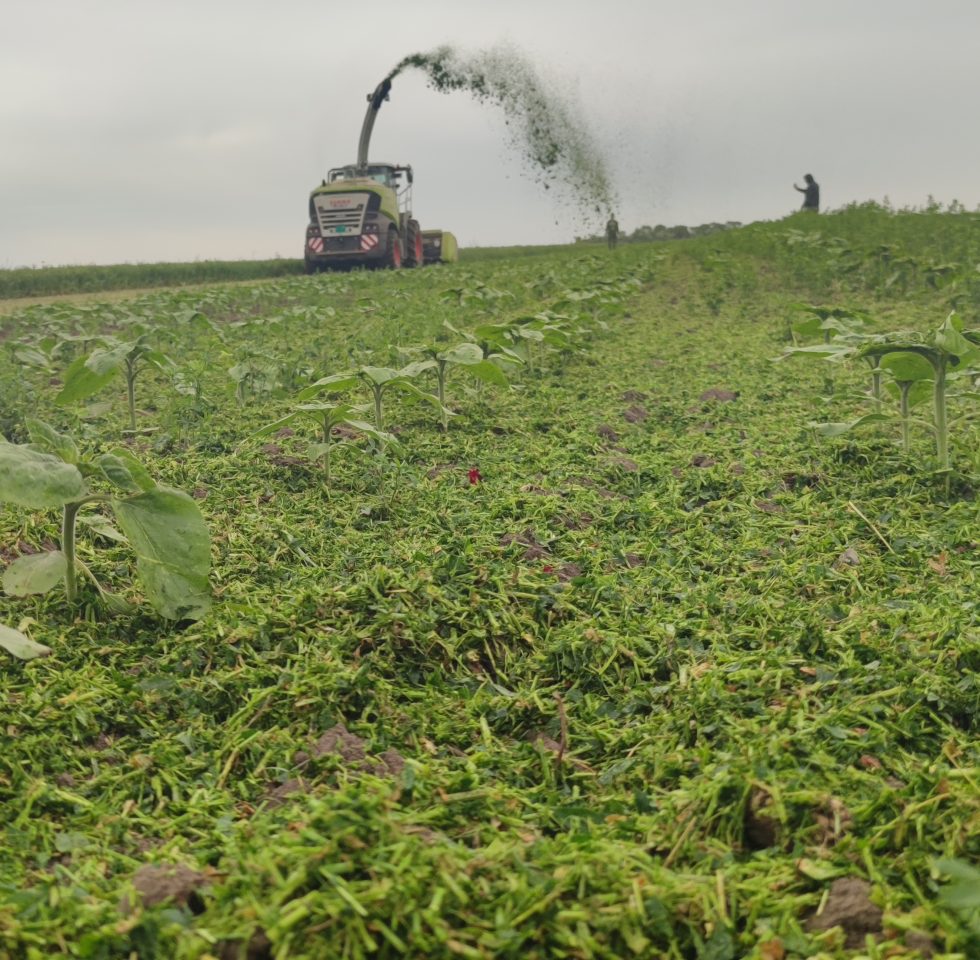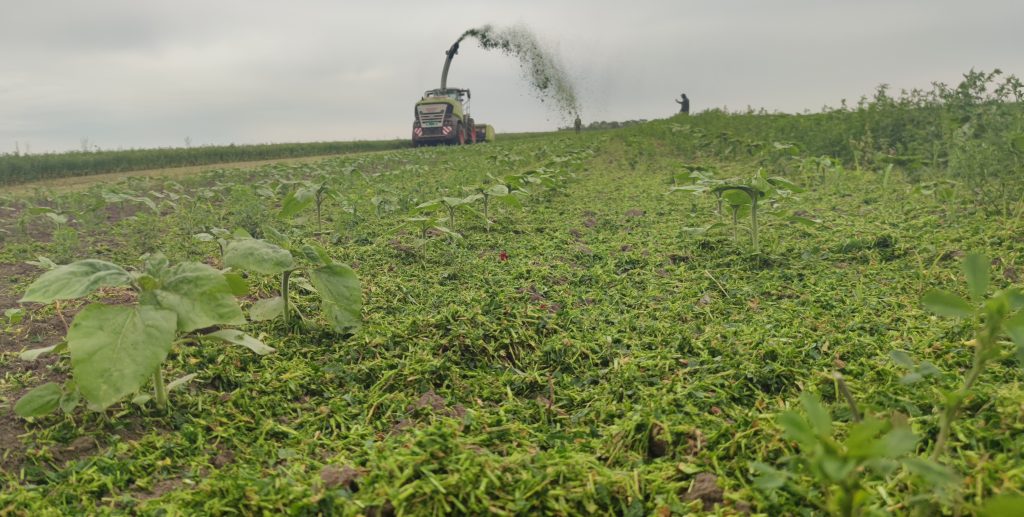Harvest Efficiency Redefined with LoginEKO Farming Software
July 24, 2024LoginEKO Farming Software redefines harvest efficiency, optimizing operations from planning to storage. Soon to be shared globally.
Read articleWe’ve started drafting a new deal with our planet – and it’s called ‘sustainable agriculture.’ You don’t believe it? Let us persuade you.

The year is 2050. Vast farmlands sprout healthy crops. Large unmanned and highly-efficient tractors navigate the vast fields, removing weeds and preparing the land for the next stage in the crop rotation cycle. We have learned how to cultivate land in a fully sustainable way, producing enough crops to feed the world without degrading the precious soil. Many have already embraced a plant-based diet, reducing pressure on agricultural production, and a delicate balance has been re-established on the planet.
The game changer? We put an end to unsustainable, industrial agricultural practices and revolutionized our food production chain.
Over the past 70 years, we have managed to almost completely destroy the soil we so desperately need to grow food. The use of synthetic fertilizers has not only led to the degradation of soil and pollution of water, but has also caused a steep decline in biodiversity, and a worrying decline in biomass of pollinators, those bugs that we depend on most for our food.
And so, the magic wand that we’ve been so diligently using for the past century has proven to be more of a ‘deal with the Devil,’ making our lives easier today at the cost of future generations.
Good news: that deal is starting to fall apart!
At our 4,000-hectare plot of arable land, the LoginEKO Research and Development Center has demonstrated that a new deal can be made. It is now evident that a 3-year crop rotation model – alternating the number of crops and legumes – can source enough nitrogen into the soil to serve as an efficient green fertilizer, and produce yields that can be even greater than those produced using conventional methods.
In their most recent models, researchers have shown that fields that were farmed using the crop rotation model, including green manure, produced 10–35% bigger yields when compared to the multiannual average of wheat production in Serbia. This achievement came about even during a hard year for farmers all around the globe.
We’ve started drafting a new deal. Only this time, it’s not with the Devil. It’s with the planet – and it’s called “sustainable agriculture.”
Can sustainable agriculture feed the world’s population in 2050? By that time, around 10 billion people are expected to inhabit our planet, and many of them will live very well. They will want to eat good, high-quality food that caters to modern lifestyles.
One key challenge is moving away from current practices. Right now, livestock farming takes up nearly 80% of global agricultural land, yet produces less than 20% of the world’s supply of calories.
What if we could invent new plant-based food categories that would taste great, fit a fast, modern lifestyle, and be reasonably priced?
LoginEKO’s food development team is already working on novel foods that could revolutionize what we eat in the near future and make the shift to a sustainable and healthy diet.
The year is 2050 and we have lived up to our end of the bargain with the planet. Having relied on sustainable agriculture, crop rotation, and green manure to cultivate land, and choosing to eat responsibly, people thrive and enjoy all perks of modern life.
This future is possible, and it’s the only one in which humans can continue to exist. So, let’s get our s#it together before the planet takes matters into its own hands.
***
Sources:

LoginEKO Farming Software redefines harvest efficiency, optimizing operations from planning to storage. Soon to be shared globally.
Read articleWhat if we told you that sunflower seeds you buy were sprayed with 9 active ingredients in pesticides? What if we told you this wouldn't have been necessary?
Read articleLoginEKO's moves into gluten-free farming tapping into rising consumer trends for a healthier market niche.
Read article